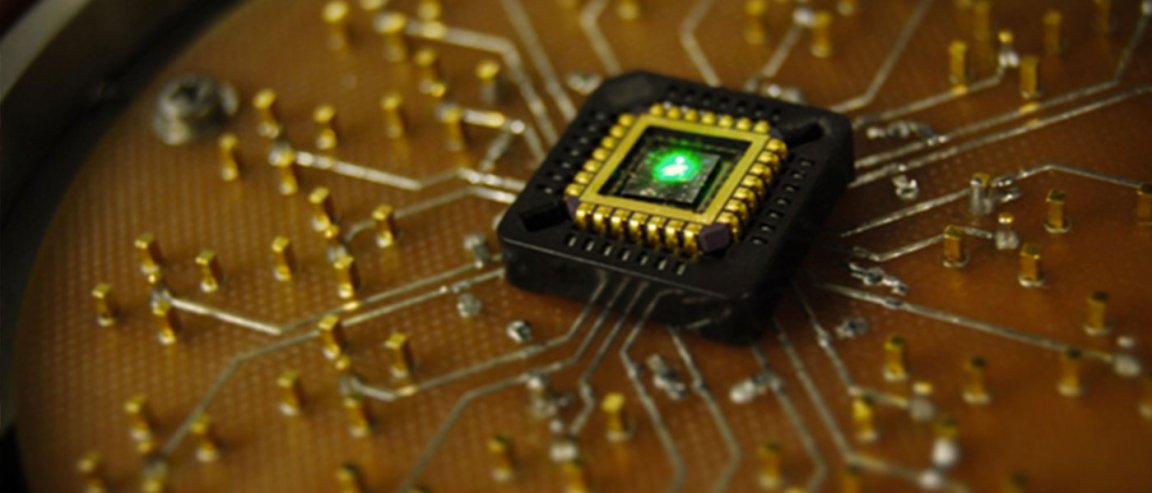
Building a Better Photodetector
eICREA professors Frank Koppens and Gerasimos Konstantatos led researchers in the ICFO in developing a hybrid photodetector that is better-performing in terms of speed, accuracy and range, and operates in the visible spectrum, near infrared (NIR) and short-wave infrared (SWIR), with wavelengths ranging from 400 to 3000 nm.
The team integrated an active colloidal quantum dot photodiode with a graphene phototransistor. By doing this, they were able to increase collection of charges in a thick QD film. It also led to the increase in quantum efficiency and photoresponse.
The quantum dot layer exploits carrier drift towards the graphene layer instead of just relying on diffusion.With graphene’s 2D characteristics and high carrier mobility, the researchers were able to register ultra-high gains and record gain-bandwidth products.
Development of photodetectors has been focused on in the past decade since it has many applications in different fields such as in cameras, medical devices, safety equipment, even surveying instruments.
Efforts were made to produce low-cost but highly efficient photodetectors in the past. This issue was partially resolved by the development of photodiodes and phototransistors but individually do not satisfy all the requirements for having good photodetectors. This recent development resolves this problem.
The Wonder Material

The results of this study show that hybrid architecture clearly demonstrates the potential of graphene, the wonder material, and active quantum dot materials. These discoveries open up new pathways for the use of these materials in further development of photoelectronics. These materials could be integrated with Si CMOS electronics and flexible electronic platforms.
The study has recently been published in the journal Nature Communications.